Seefin Music
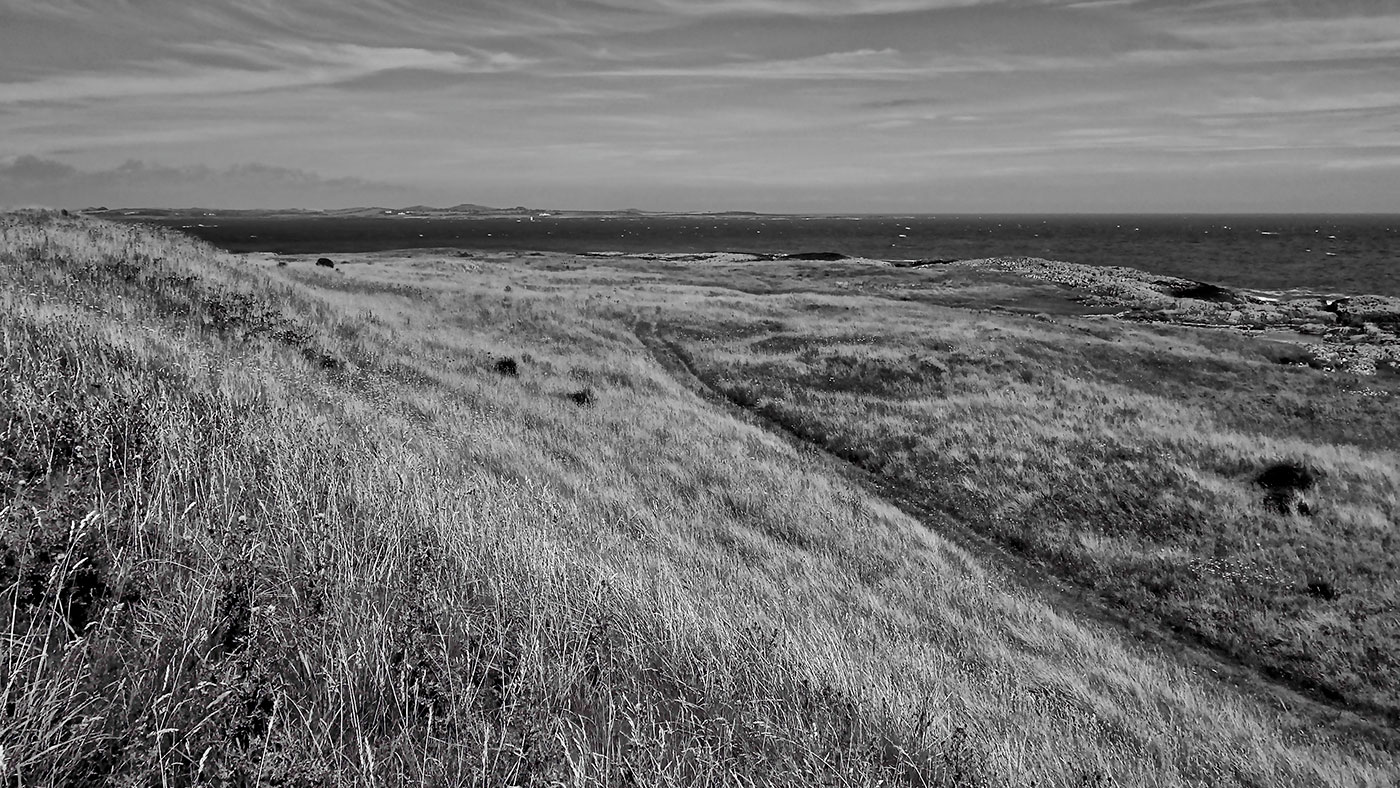
banks of killard
Now known as Killard Nature Reserve, it was often referred to locally as the The Banks of Killard.
In the 60’s and 70’s, as a radar station, it was a restricted area but now all that remains are a few outbuildings. Over the years it has reverted to nature and become a haven for plants and wildlife, a place of peace and beauty for people.
Play sample:
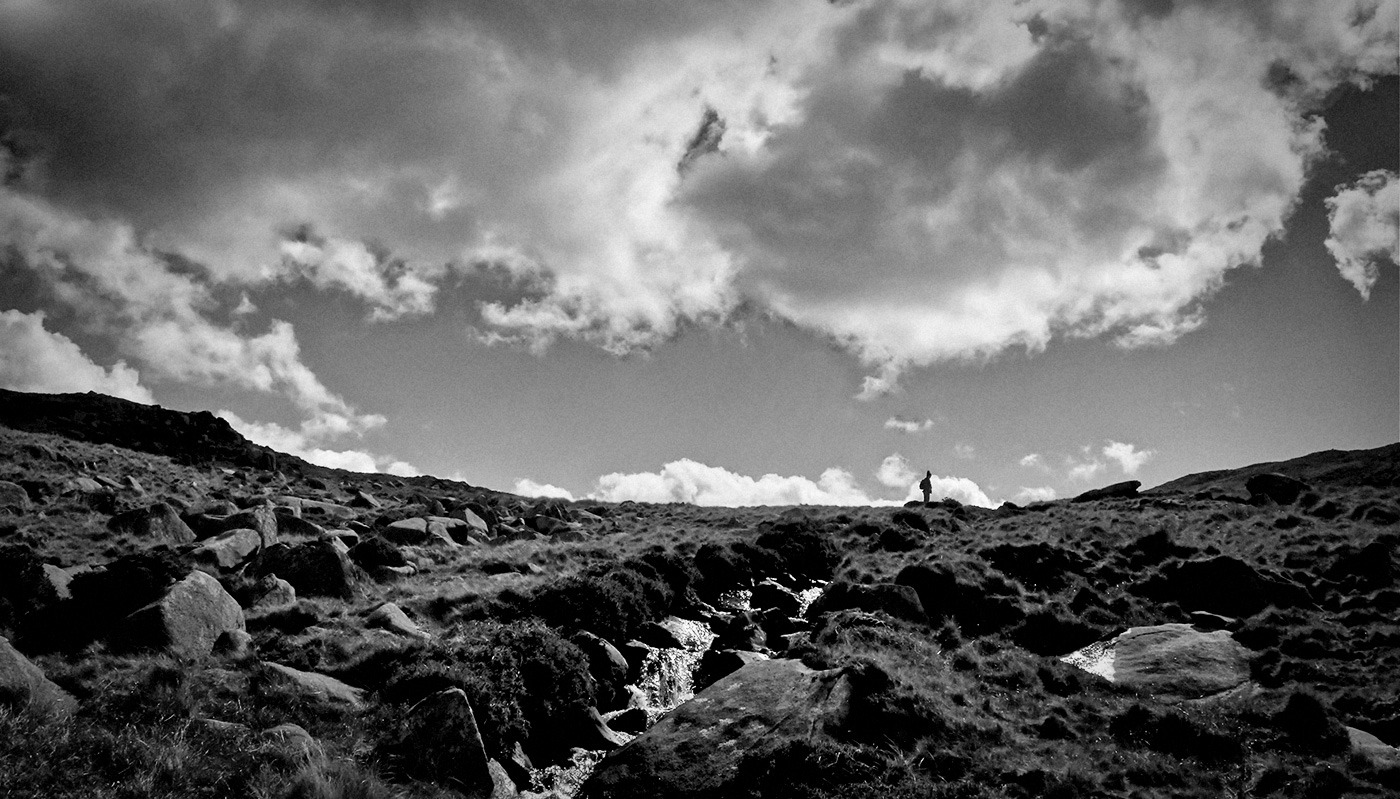
luke’s water
Unnamed on the OS map.
However, the musical stream we call Luke’s Water flows round the flank of Luke’s Mountain to join the Shimna somewhere North of the King’s Grave. This piece forms part of the Legachoire Suite.
Play sample:
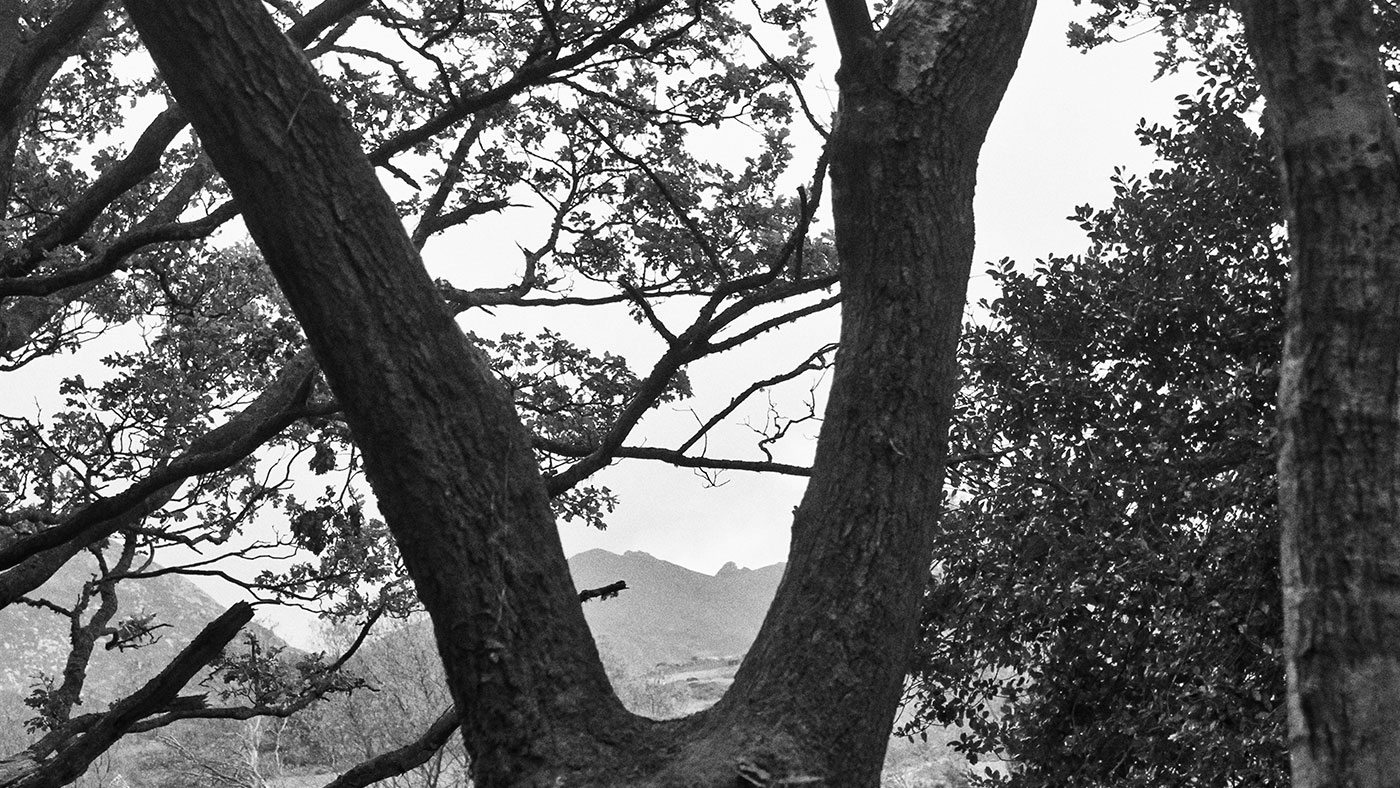
king’s grave
King’s Grave is the first tune in the Legachoire Suite and was inspired by childhood visits to a megalithic cairn located at the western end of Tollymore Forest and dating to 1000 – 1500 BC.
Play sample:

april on clonachullion
This tune was quite literally inspired by a trip to the high pastures of Clonachullion in spring and is part of the Legachoire Suite.
Clonachullion hill forms part of one of the best known vistas in the Mournes with Bearnagh, Meelmore and the impressive Spellack crag in the background. This beautiful area is enhanced in the spring by yellow gorse flowers and the soundscape reverberates to the bleats of lambs. A happy piece of music.
Play sample:
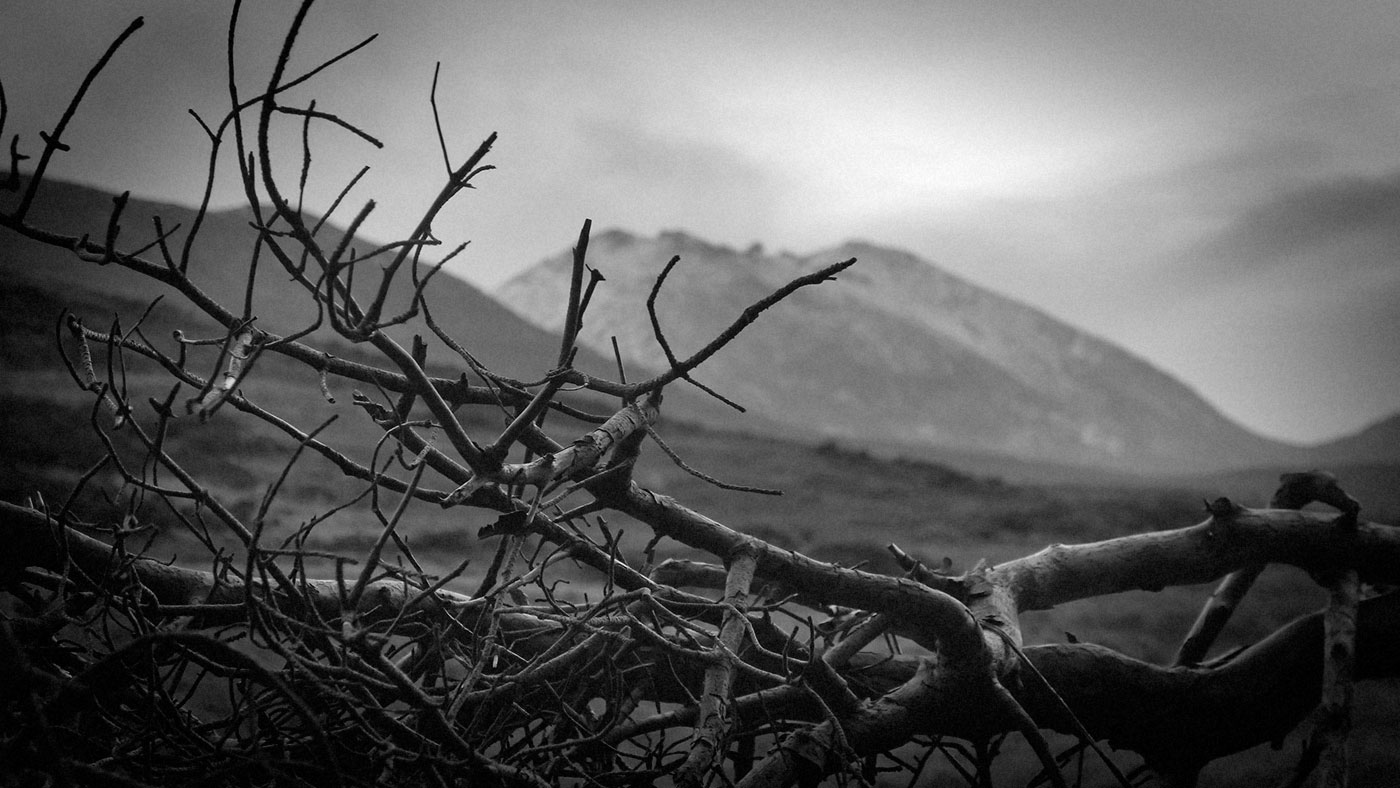
the hazel grove
Another part of the Legachoire suite, ‘The Hazel Grove’ refers to a patch of rocky woodland at the south end of the Tollymore rear track.
As a child, Brendan used to make an annual pilgrimage to this hazel grove to look for whatever nuts he could beat the Tollymore red squirrel population to.
Play sample:
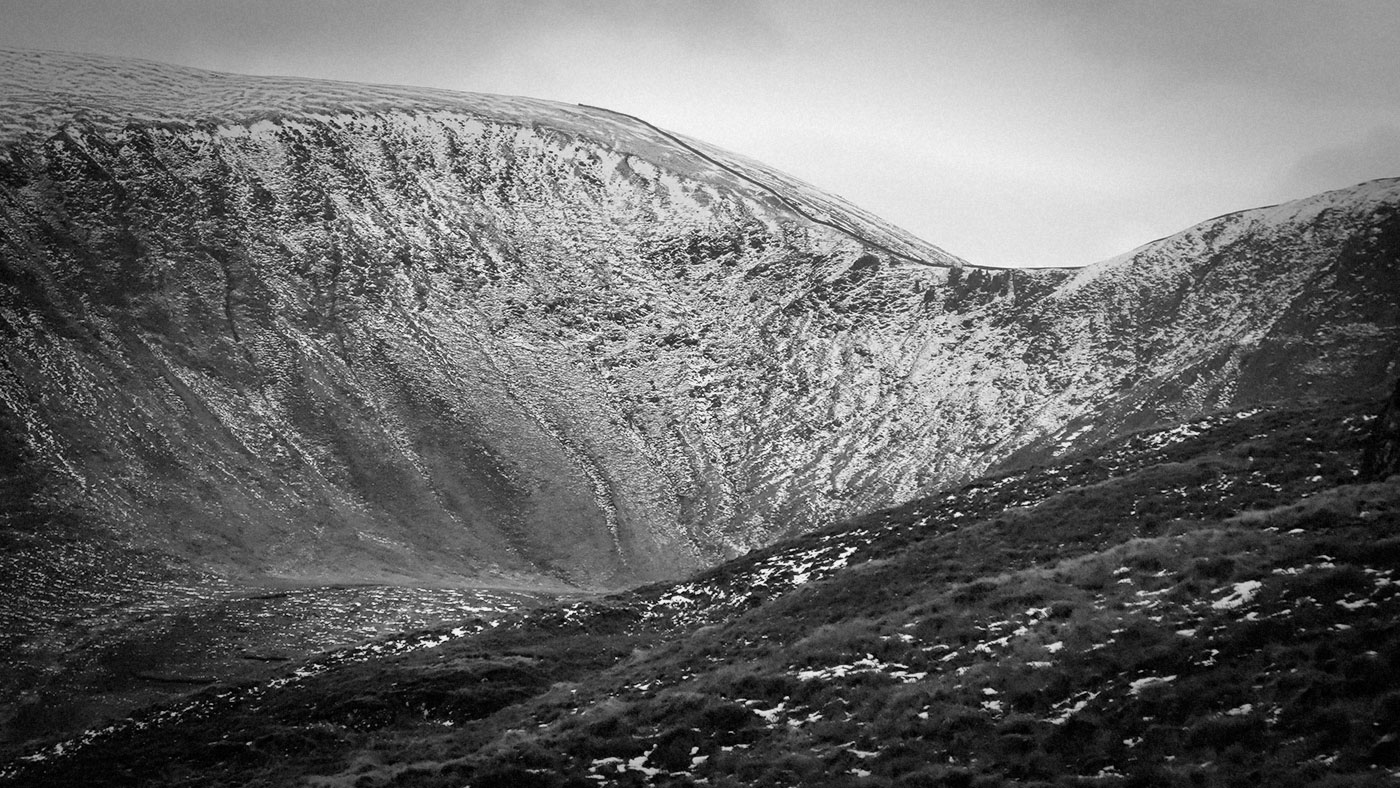
first of legachoire winter
We’d gone up to a spot in Tollymore to look for some end of season chantarelles only to find it was too late so we continued up the Spinkwee river to gaze at the Pot of Legawherry.
A relatively inaccessible area, the Pot looked magnificent that day and returning to the warmth I found the atmosphere of the early winter in that place wanting to be expressed through music. The piece is never the same twice as it has an unrehearsed improvised section at the end.
Play sample:
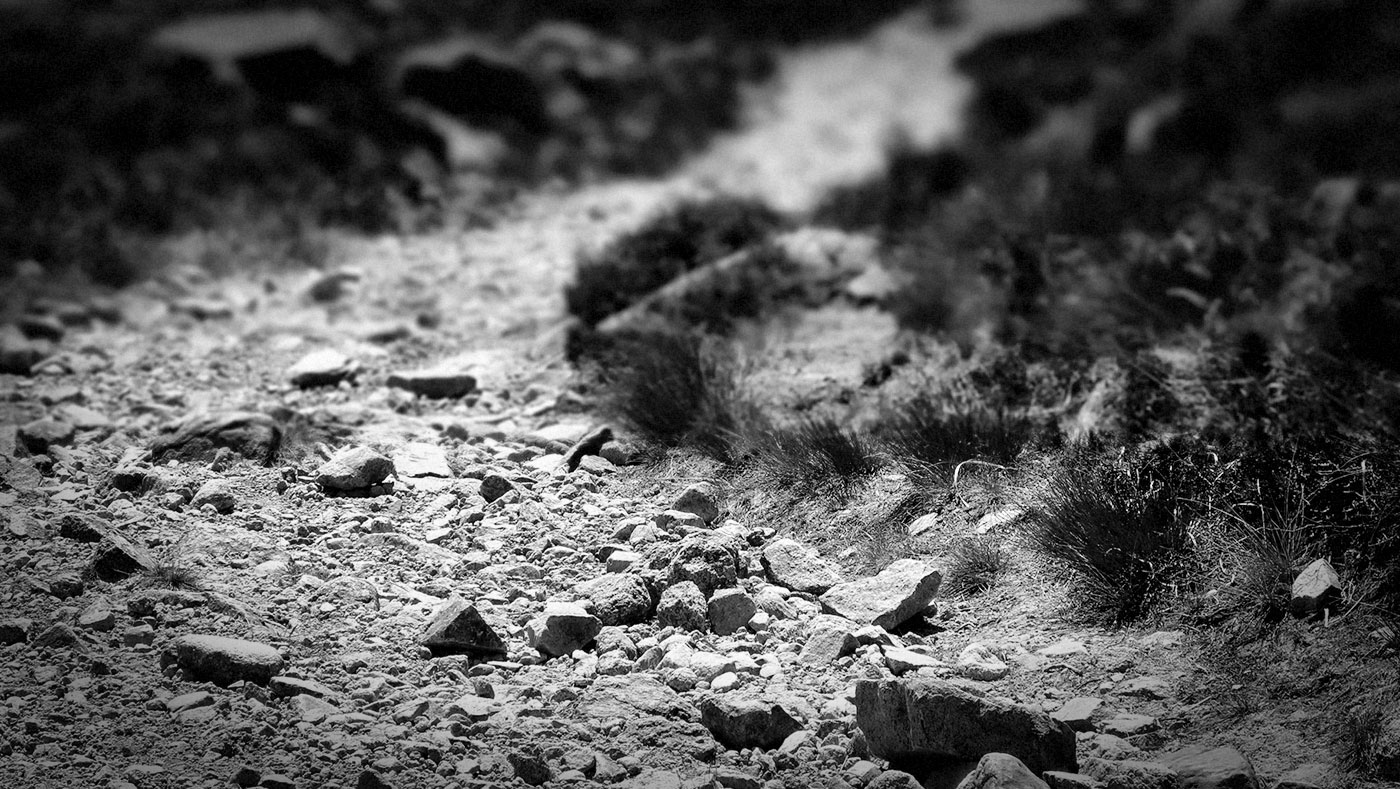
dusty track bus stop jig
A slow jig followed by a faster one, this set combines tunes by Niall and Brendan
The Mournes are laced with miles of rough tracks, legacies of the stone working and farming which took place in the 19th and early 20th Centuries. In summer, on the rare days when it is hot, dry and sunny, they become places of dead heat and mirages, giving easy access to the heart of the hills.

Bus Stop Jig was recently used behind the credits of the film An Engineer Imagines. Director Marcus Robinson notes: “Seefin’s spirited and uplifting tune, Bus Stop Jig, is the perfect piece of music for the finale of the film An Engineer Imagines. For me, as for the editor and the producers, the feel of Seefin’s music was the ideal choice. The tune creates a brilliant counterpoint with the more electronic musical style of the whole film and imbues the ending with an intensely human and emotional sense of connection to the earth. It also evokes something quintessential about the spirit of Ireland and most importantly with the spirit of Peter Rice, whose extraordinary achievements are honoured and brought to life in the documentary.”
Play sample:
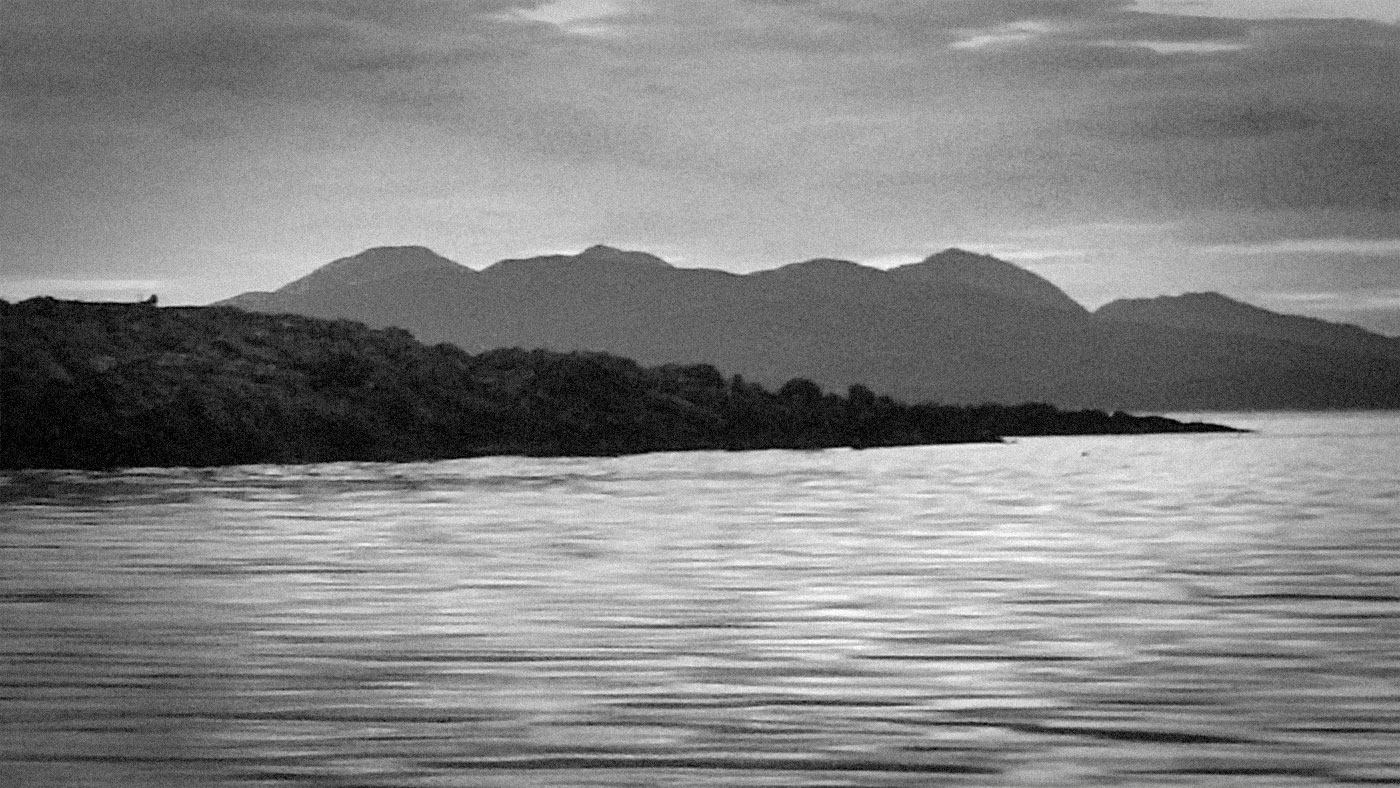
ash
This song is about the loss of a brother who loved being afloat.
The Gulf of Corrvreckan referred to is the famous stretch of water in the Inner Hebrides between the Isles of Jura (where Orwell wrote 1984) and Scarba. A very beautiful but menacing place where a dangerous tide hurtles between the sound of Jura and open sea beyond, creating eddys and a notorious whirlpool.
Leave the shelter of the clachan, trust your body in the lough
giving to the tide the ashes of the brother you have lost.
Time for sorry and reflection, time for you to count the cost
giving to the tide the ashes of the brother you have lost.
To the gulf of Corryvreckan, through the troubled, boiling sea
take the ashes of my brother out into the ocean deeps.
Play sample:
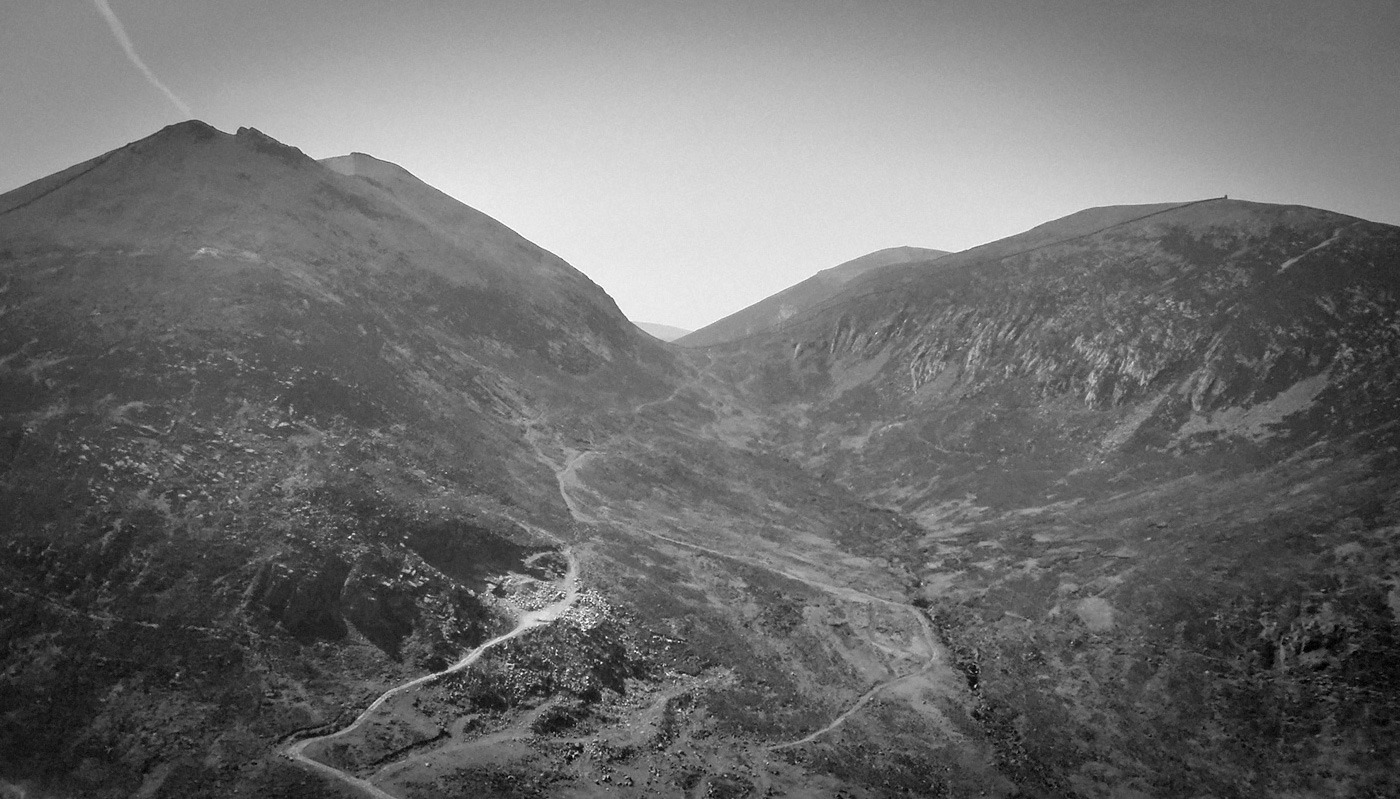
poulaphuca
Translates as ‘The Hole of the Fairies’ and has a few examples across Ireland.
Our Mourne Poulaphuca is situated between Meelmore and Bearnagh and we believe is so named because of a pronounced echo in the location. A wonderful spot!
Whistles on this track: Brendan Popplestone.
Play sample:
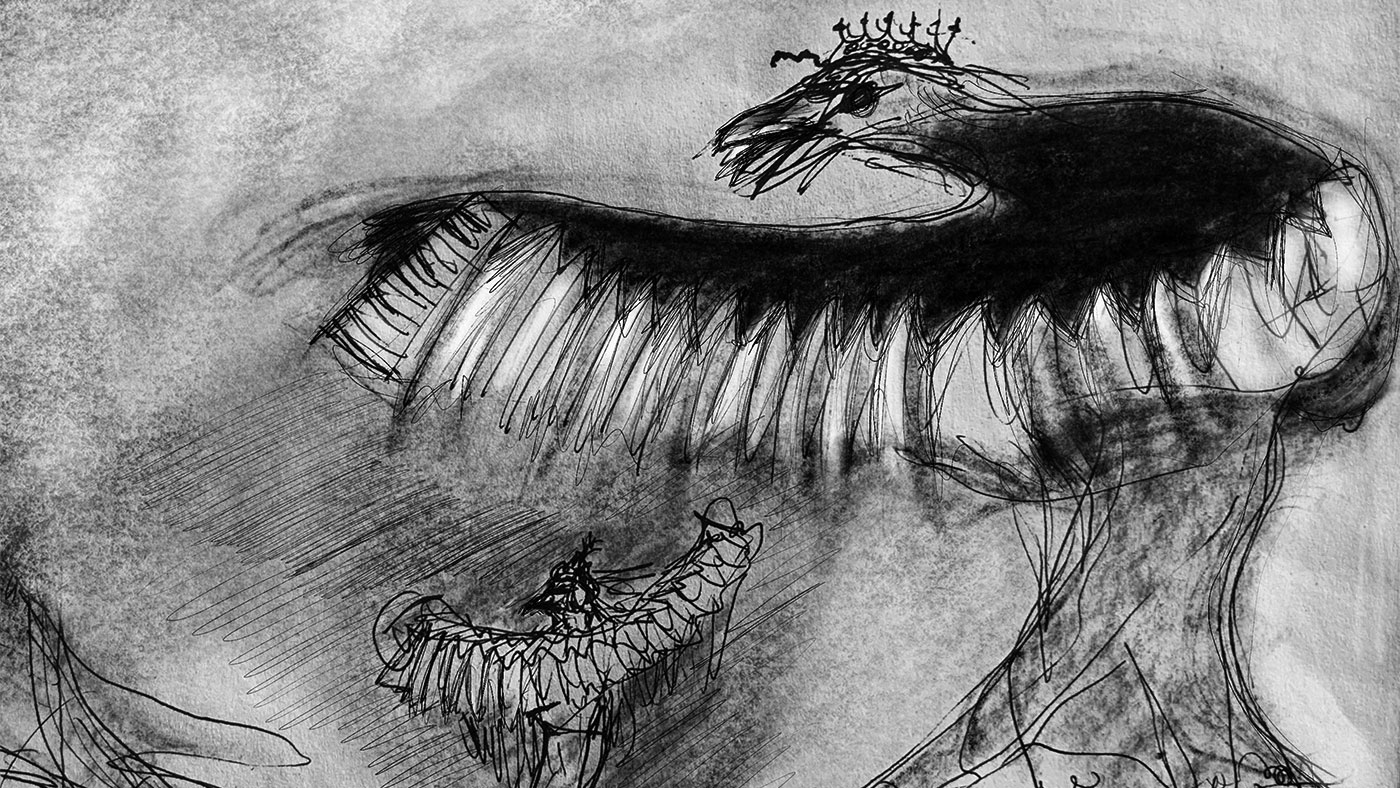
dance of the mór-ríoghain
The Mór-Ríoghan is the Celtic Crow Goddess. She has the ability to incite warriors to battle and in turn can determine their fate. A powerful shape shifter she appears to Cuchulain beside a stream as a young woman washing a bloody cloth – a sign the warrior will die in battle.
This tune, originally played on accordion was created for the performance of ‘Cuchulain The War Machine’*, to accompany the Mór-Ríoghan as she teased and cajoled the Ulster warriors and invading Connaught armies at the time of Cuchulain’s death.**
Seefin has taken the piece on another journey where it has evolved into a musical expression of some of the magical aspects of the Mor RIoghain …her trance-like battle frenzy as she casts swirling mists on the killing fields, DANCING on the tips of spears, dipping, diving and gliding in the winds, dark feathers sparkling in the silvery light as she decides the outcome of battle.
Sherry
*‘Cuchulain The War Machine’, a collaborative arts project written and performed by Xanthe Gresham, kinetic sculpture and masks by the artist Fernando Palma-Rodriquez, Music, Sherry Robinson. (Funders: London Arts Board). Toured in secondary schools, Festivals, museums and libraries in England, Wales and Ireland 2002-2004.
**From the Irish epic ‘Tain Bo Cuailnge’, translated by Thomas Kinsella.
Play sample:
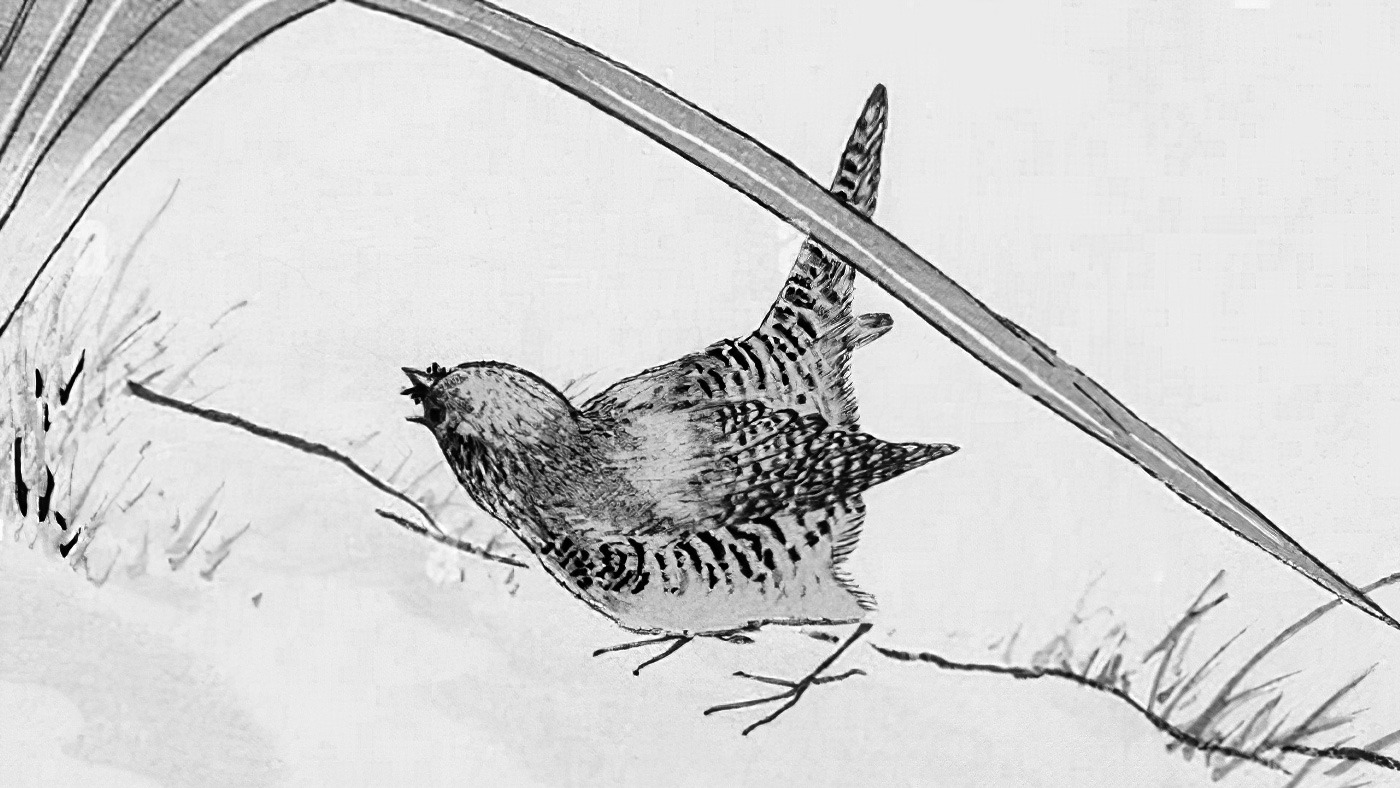
wrens at the palm house
Post apocalyptic lockdown desertion
Pilgrimage to Botanic
Box hedge at palmhouse
Two unexpected wrens
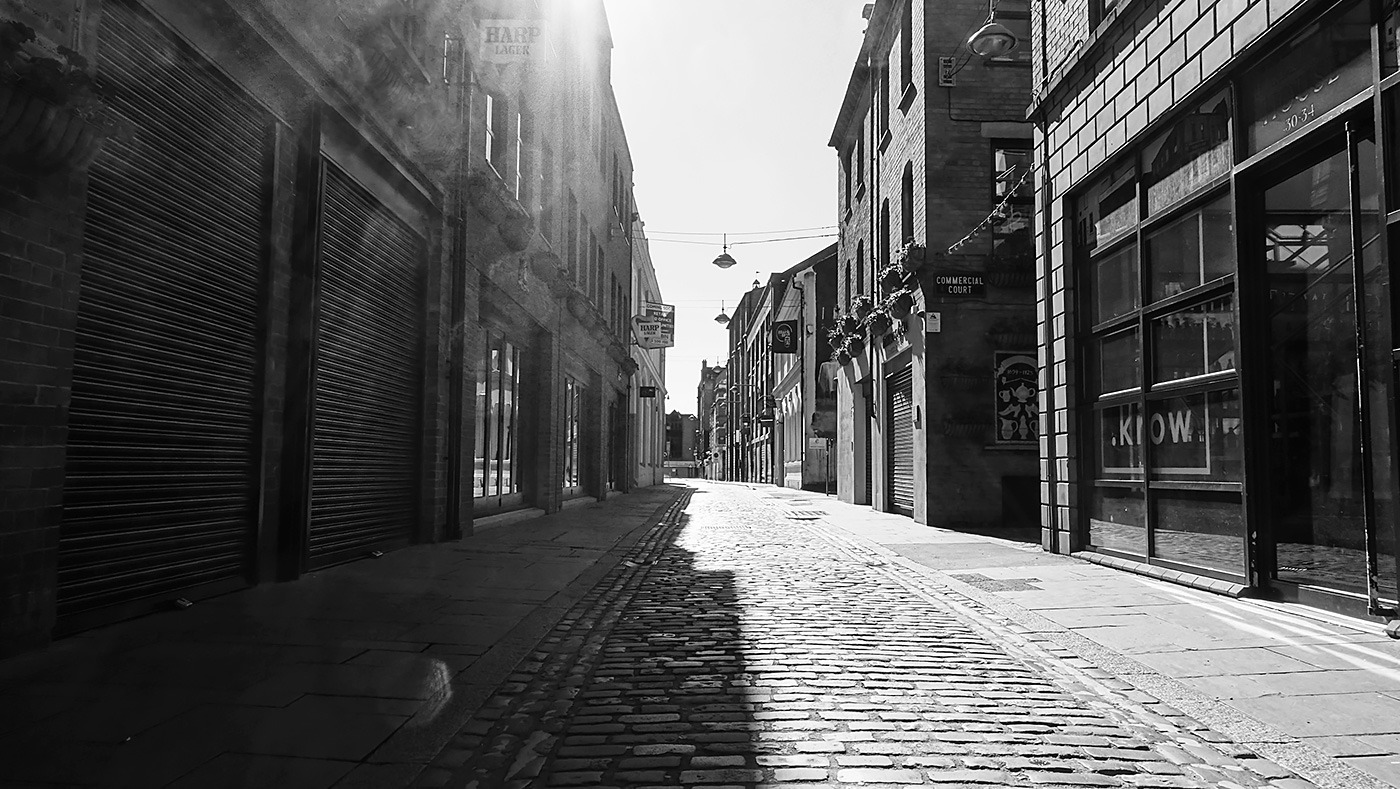
spring song
Spring Song started to take shape during the time of the first lockdown.
Spring that year was a time of contrasts, of great sadness and uncertainty but also a time of stillness, beauty and, ultimately, hope.


 No products in the cart.
No products in the cart.